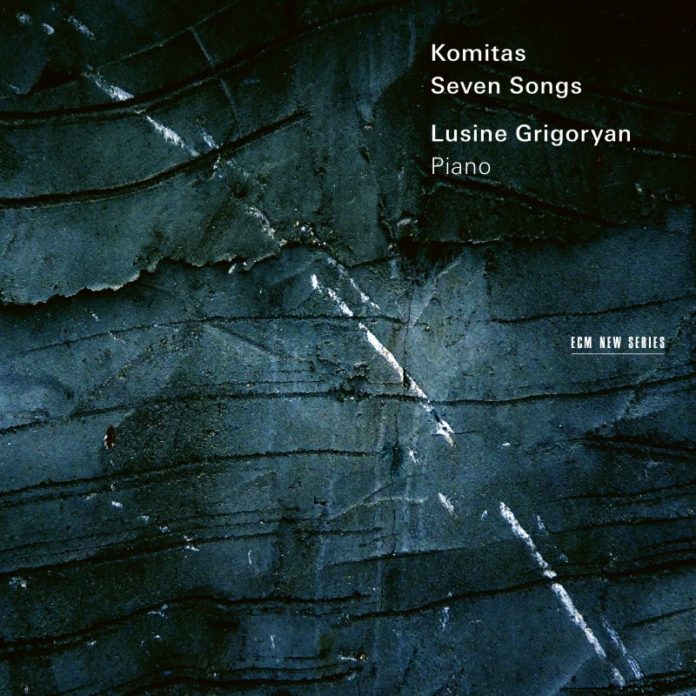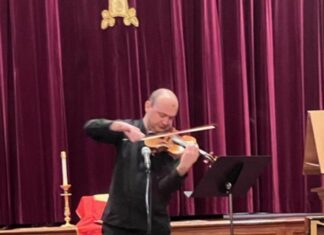MUNICH, Germany — Complete in itself, ECM records is releasing the debut of Armenian pianist Lusine Grigoryan, which can also be considered a companion volume to the Gurdjieff Ensemble’s critically-acclaimed album of Komitas’s music.

The album was recorded at the same 2015 session in Lugano, directed by Manfred Eicher, and has some overlapping of repertoire. Where Levon Eskenian’s versions with the Gurdjieff Ensemble explored some of the composer’s sonic inspirations with folk instruments, Lusine Grigoryan conveys some of the same colors with her wide palette of piano articulation and her exploration of timbral possibilities: in her playing one can catch the flavor of the duduk, the tar, the zurna et cetera, as Komitas intended. As Eskenian has noted, Grigoryan “conveys the mysterious presence typical of rustic and ritual music.” Pieces heard on this recording, the ECM debut of Lusine Grigoryan, include Komitas’s Seven Songs, Seven Dances, Pieces for Children, and Msho Shoror.
Komitas Vardapet (1869-1935) is revered as the founder of contemporary music in Armenia. A poet, priest and ethnomusicologist, as well as singer and composer, he explored the full range of his country’s musical history and wrote music that found points of contact between sacred and secular tradition. His piano pieces are mostly based upon Armenian folk songs and dances.
The “Seven Songs” of the album title form the sequence Yot Yerg, composed in 1911. They consist both of appeals to Nature and descriptions of it. Msho Shoror, “a vast dance scene” inspired by the mountain region of Sasun, is also comprised of seven movements, while Yot Par takes the form of seven dances, each evoking the sonority of Armenian folk instruments.










